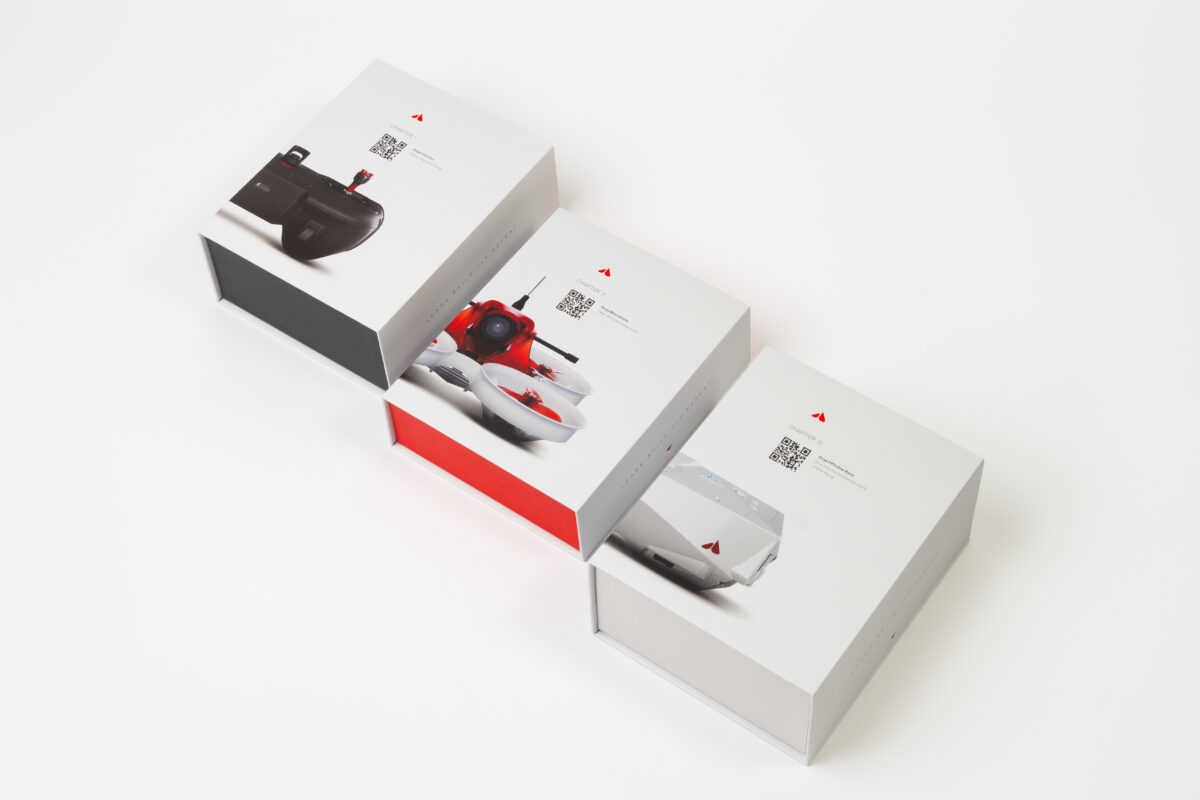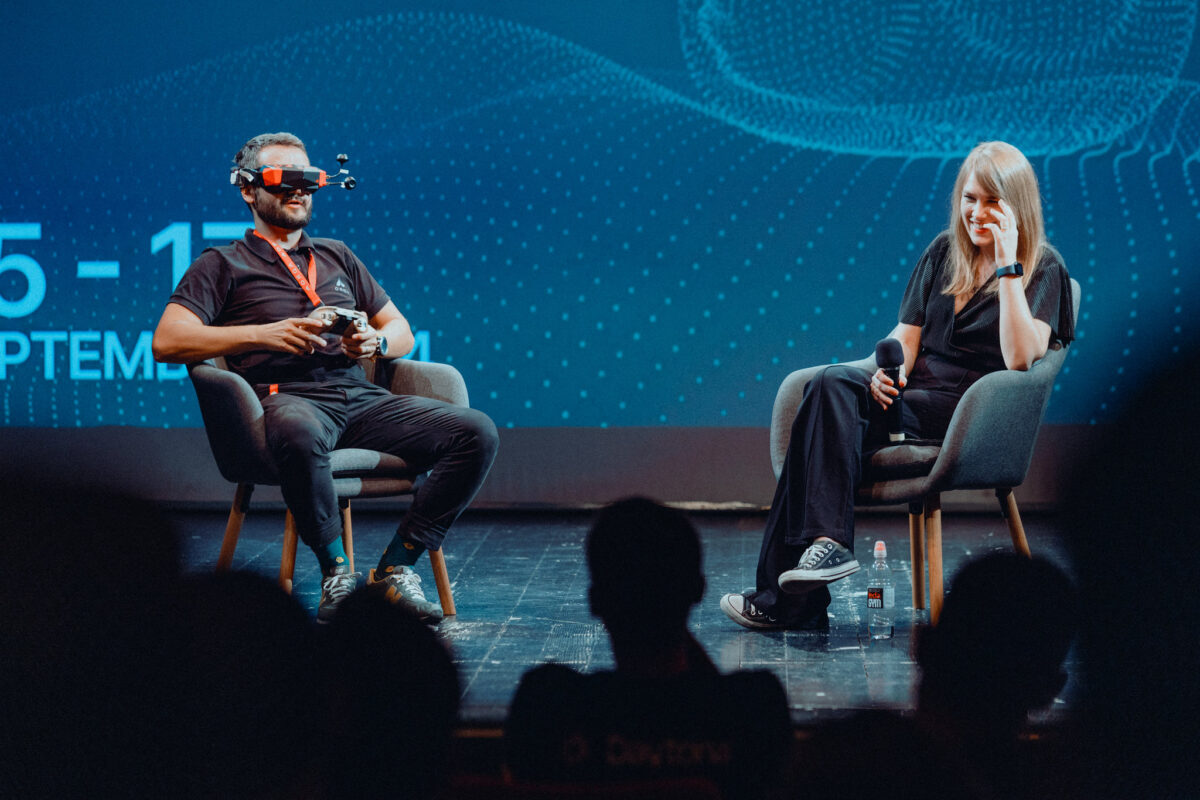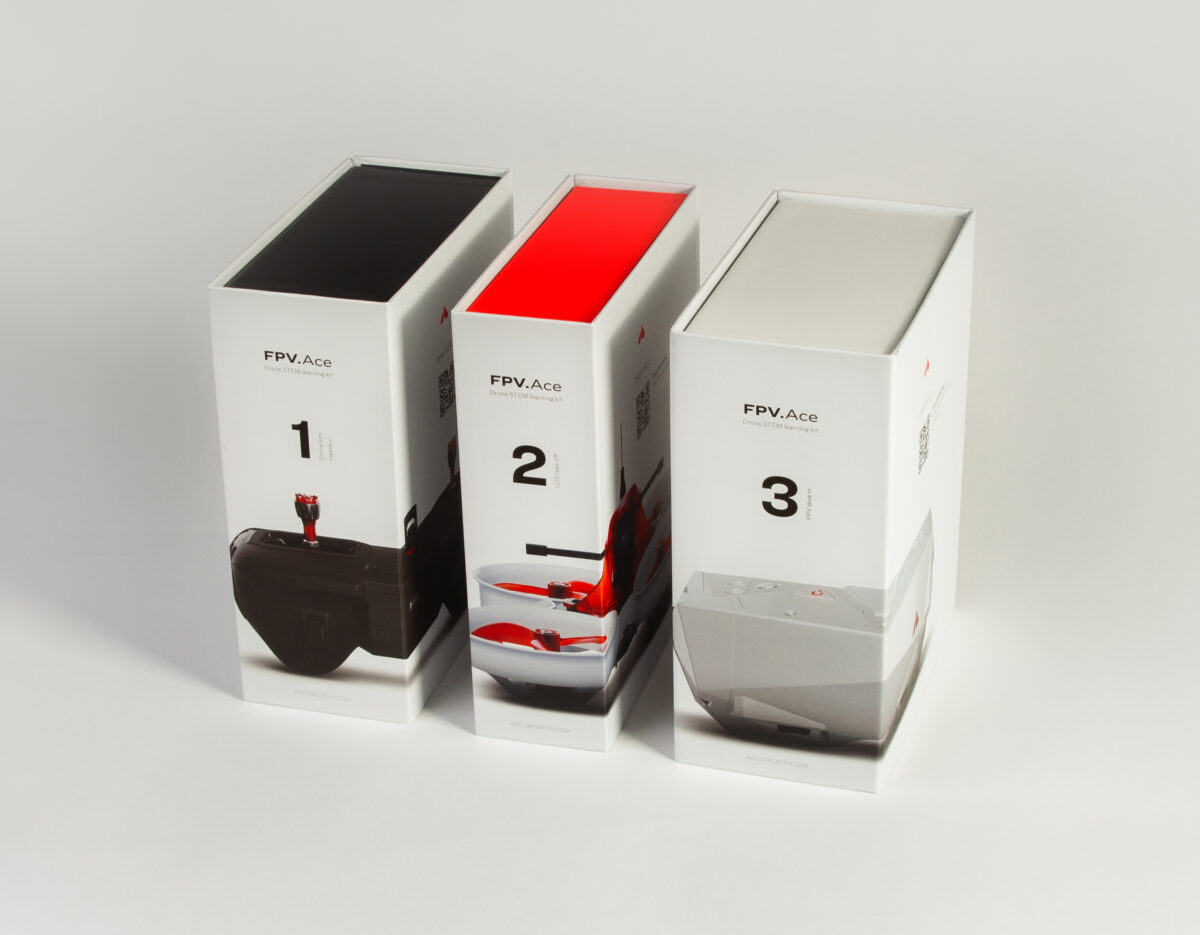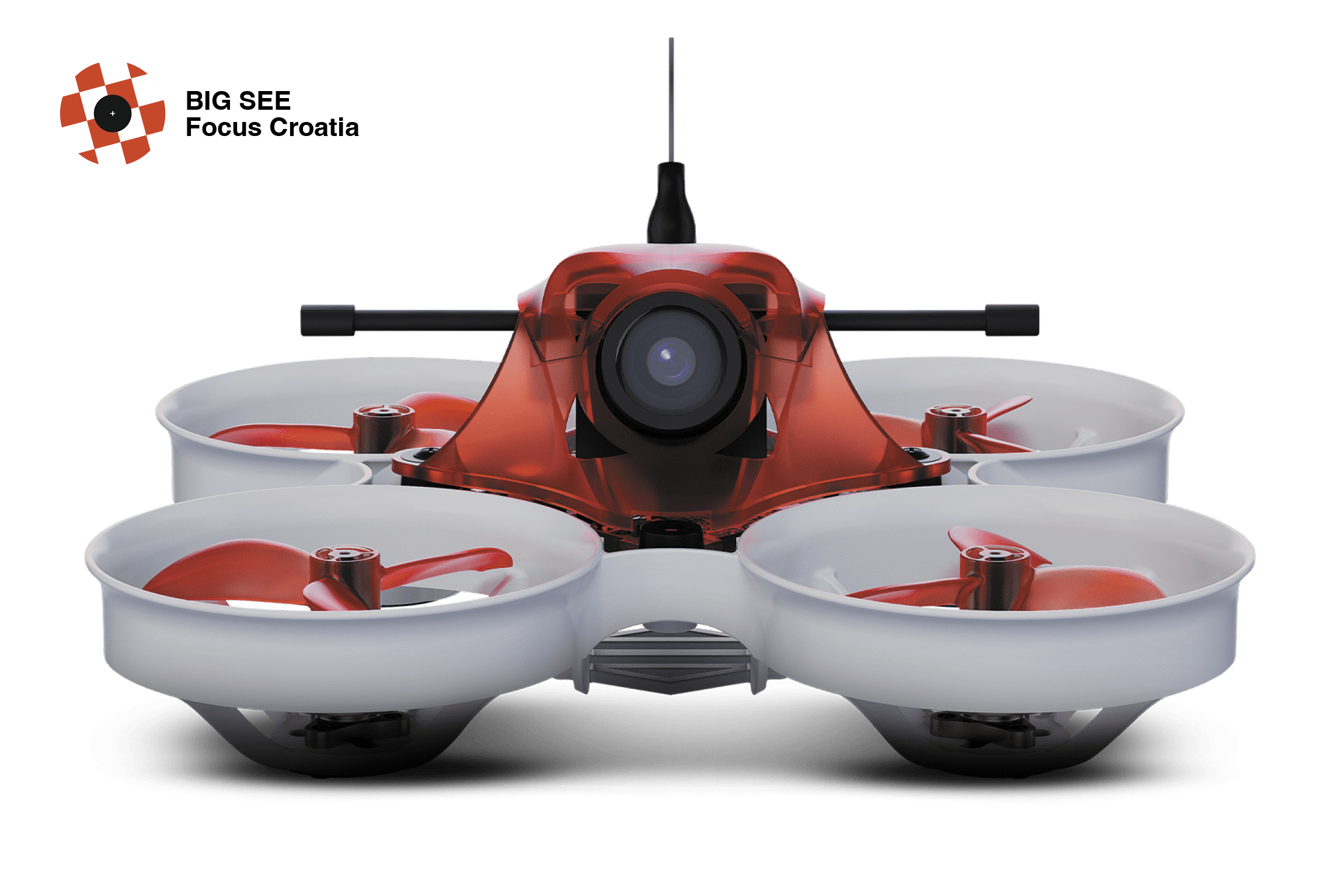
3 Questions for Dragan Kovačević, Product manager at Orqa FPV
Q: When did you first notice the education gap in the FPV market, and what turned that observation into the brief for FPV Ace? Whom did you involve, such as learners, teachers, or community groups, to define the core problem?
A: We first noticed the gap because the FPV market is a niche hobby with high entry barriers—it’s too complex, and there was no single, integrated solution. We estimate there are currently no more than a few hundred thousand FPV pilots worldwide, showing massive untapped potential.
This led us to target the school system to make a significant international impact. FPV.Ace provides a clear, crash-free learning path that turns a complex hobby into an essential educational tool for future skills. To ensure success, we partnered with curriculum providers to tailor our “one-stop shop” product to meet country-specific educational rules, helping the community grow dramatically on a global scale.
“The problem we solved wasn’t creating new technology, but integrating the existing one for people who previously found it too intimidating.”

Q: Compared with professional FPV gear, what did you deliberately adapt for learning in hardware, software, interface, and packaging? How do these choices support a clear learning path and improve safety and reliability?
A: The entire design of FPV.Ace was focused on creating an aspirational yet practical entry point into a complex hobby. The visual design and branding were our starting point, centered on the name FPV.Ace. This is a deliberate wordplay, linking the concept of the strongest card (mastery) with the A grade in academics, sending a clear message that “Everybody can become an Ace pilot.” This premium, clean aesthetic was necessary to assure educators they were receiving a serious educational tool. This design philosophy dictated our functional adaptations: for safety and reliability, we chose an ultra-light, durable microdrone that is explicitly safe for indoor usage, vastly reducing crash risk and maintenance. Pedagogically, the software interface was adapted by adding the Flight School module to the Orqa FPV.SkyDive simulator, enforcing a step-by-step skill development path in a crash-free environment. Finally, we maintained the professional design quality of the FPV.Ctrl controller and FPV.One goggles to ensure the core equipment is a long-term investment, allowing students to seamlessly progress to serious, advanced aircraft.

“FPV is a niche hobby with high entry barriers—too complex, with no single integrated solution, which is why so many potential pilots never even take their first step.”
Q: From your first concept, what remained in the final product, and which early idea seemed promising but was dropped? Now that you see the finished product, which solution are you most proud of?
From the very first concept, the core idea that remained was the need to bundle existing high-end equipment and introduce it to complete beginners. The problem we solved wasn’t technology creation, but market integration: taking products already successful with drone enthusiasts and repackaging them for people who found the technology too complex and intimidating.
The early idea that survived and flourished into the final aesthetic was the entire chapter-based progression model. This meant designing the product to look like a series of books on a shelf, guiding the user through a sequential story—Drone Sim Mastery, LOS Take Off, FPV Flying. This design choice was vital because it visually represents a clear, manageable learning path, directly counteracting the initial confusion of the FPV hobby.
The solution we are most proud of is this very concept of the sequenced product series. It transforms a technical product into an educational curriculum with a built-in trajectory for growth. It not only eliminates the high entry barrier for the user now, but also creates a scalable, exciting foundation that allows us to seamlessly proceed with new product series and future educational content.

About ORQA FPV.Ace educational kit
The world of First Person View (FPV) drone flying is exhilarating, but the high cost of entry and the steep learning curve often stop aspiring pilots before they even get off the ground. FPV.Ace is a comprehensive, structured program designed to eliminate those barriers, providing a step-by-step learning path that turns beginners into confident, highly-skilled drone pilots, or “Aces.”
Our program is built on the philosophy of mastering skills safely before taking flight in the real world. We recognize that crashing is expensive and frustrating, so the journey begins with Drone Sim Mastery. Using the Orqa FPV.SkyDive simulator, you start in a zero-risk, crash-free environment. The simulator, paired with the professional-grade FPV.Ctrl radio controller, provides the tactile feel of real flight, allowing you to build the essential motor skills and muscle memory needed to handle a drone without ever damaging equipment. This foundational step ensures you are fully prepared and confident.
Once simulation skills are locked in, FPV.Ace progresses logically. You graduate to LOS Take Off (Line of Sight), piloting a lightweight, durable microdrone indoors and out while keeping it safely in view. This intermediate phase bridges the gap between digital practice and real-world physics. Finally, you take the ultimate step into First Person View (FPV) flying. Outfitted with high-quality FPV goggles, the drone becomes an extension of your mind, allowing you to experience breathtaking aerial views and maneuvers while your feet remain safely on the ground.
Crucially, the FPV.Ace kit is designed not as a one-time purchase but as a lasting investment in your flying future. All core components—including the FPV.Ctrl radio controller, FPV.One goggles, and RapidFIRE receiver—are professional-grade and form a unified ecosystem. This means the skills you master and the equipment you own are immediately transferable, allowing you to seamlessly progress to flying larger, more advanced FPV aircrafts without having to replace your foundational gear.
FPV.Ace is more than a kit—it’s a complete educational framework that provides the technology and the confidence required to transition smoothly from novice to expert, teaching valuable skills in spatial reasoning and advanced control along the way.
“We designed FPV.Ace to look like a series of books on a shelf, guiding learners through a sequential story.”


Dragan Kovačević
An electrical engineer by profession, with extensive experience in managing and contributing to EU-funded projects across diverse technical domains. His career has focused on technical development and strategic planning, especially in multi-national R&D projects where he developed strong abilities in coordinating stakeholders, managing the innovation cycle, and turning complex technical needs into clear, actionable goals.
Now, he’s using that deep engineering expertise and his passion for innovative technology as the FPV STEM Portfolio Product Owner at Orqa. In this dynamic and forward-looking role, he’s guiding the organization’s strategic expansion into the education sector. He’s launching innovative products, focusing specifically on drone technology to teach critical future skills like aerial robotics, programming, and precision flying. His main goal is to build essential skill development and equip younger generations with the practical knowledge they’ll need for the careers of the future.
As a co-author on this project, his contribution centers on bridging the gap between cutting-edge technology and accessible educational frameworks, making sure the content is technically sound and strategically valuable.
Project
ORQA FPV.Ace
Author:
ORQA FPV
Year of Completion:
2024
Edited by:
Blažka Drnovšek
Photos:
Orqa FPV





